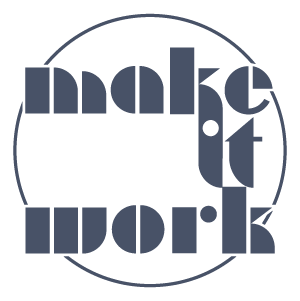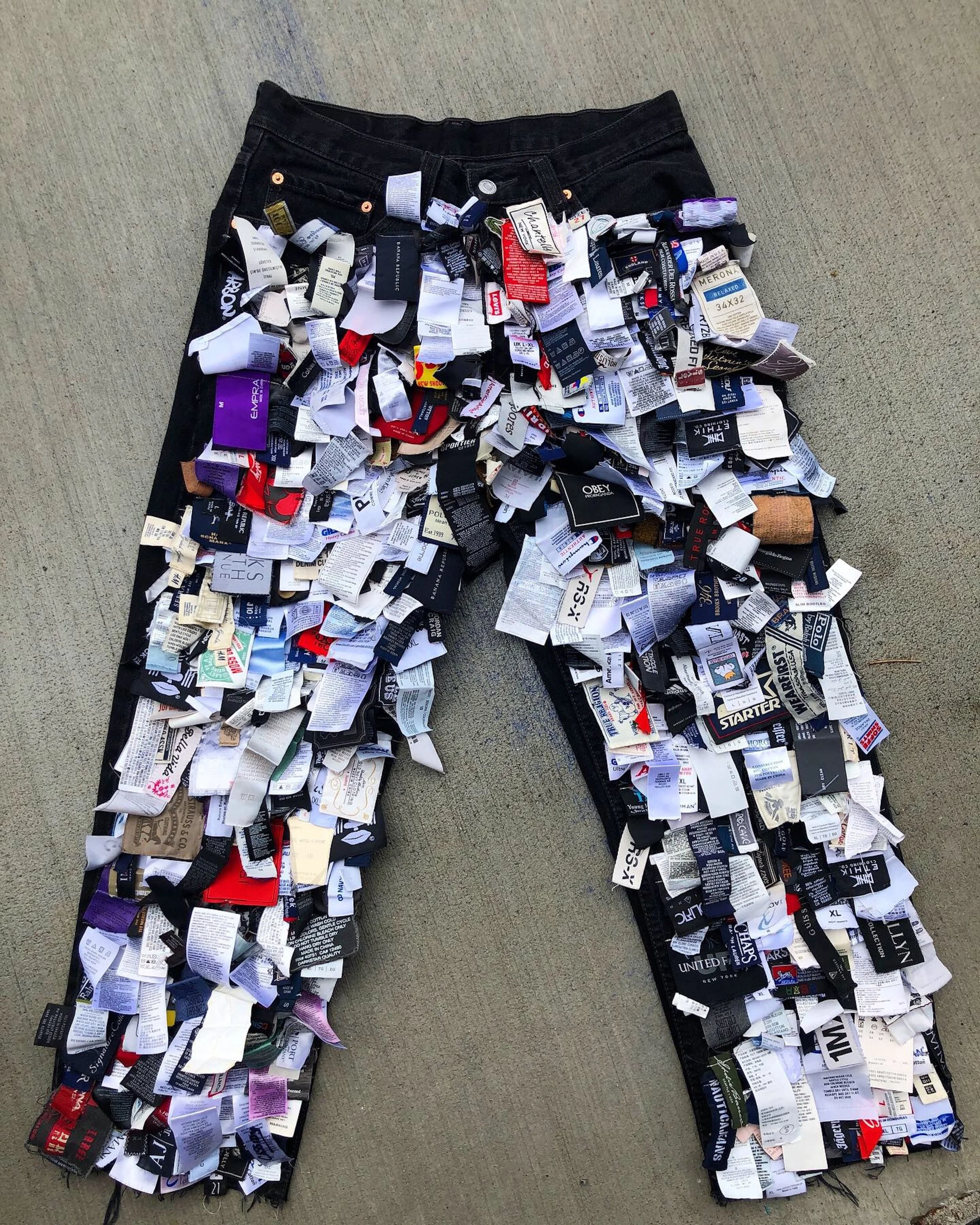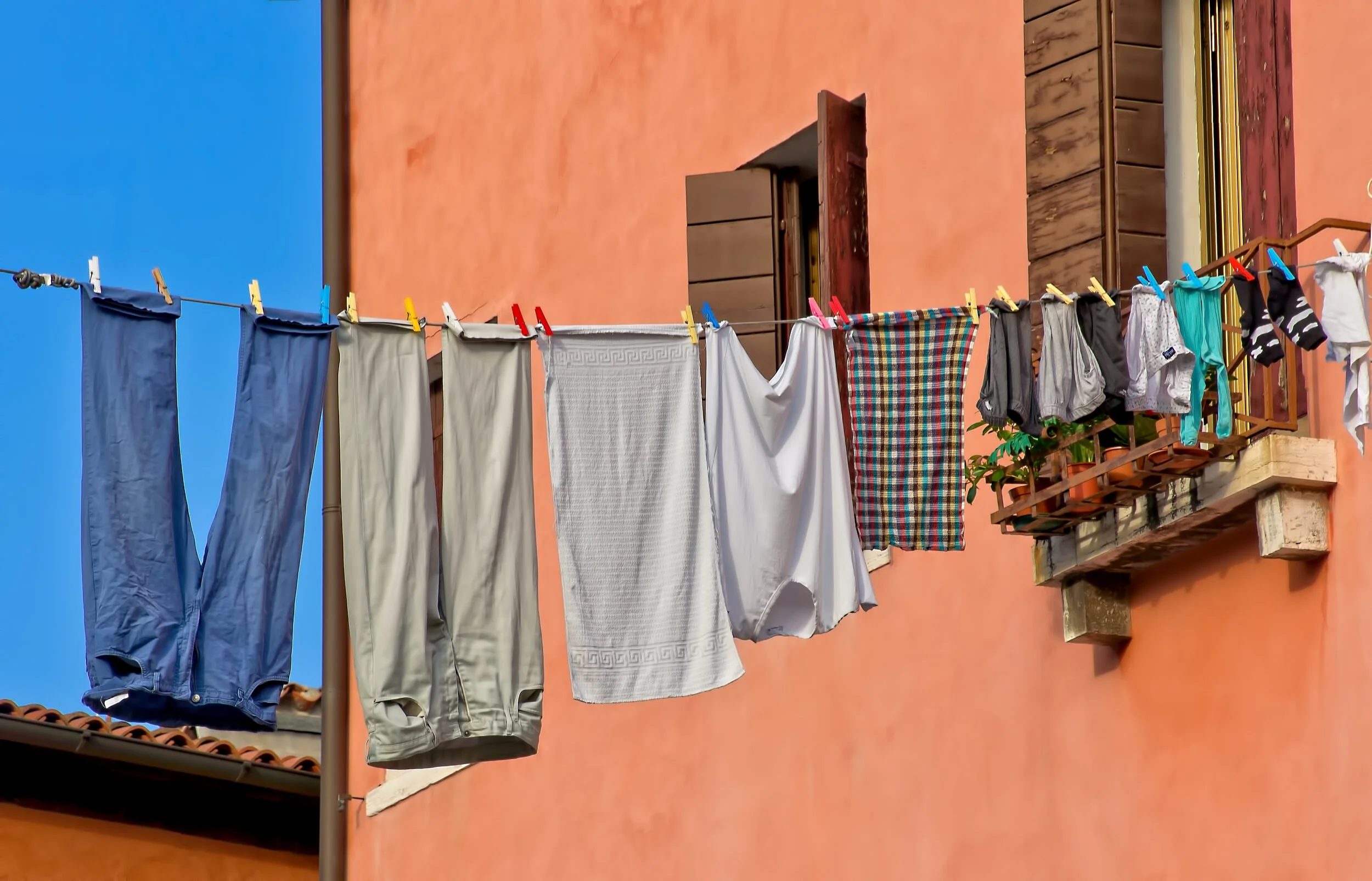The RULEs of Keeping Your Clothes Longer
Photo by Edgardo Lagmay
One great and important way to get involved in the slow fashion movement is by caring for the clothes that you already have. Resist the consumer culture urge to overhaul your closet by buying a capsule wardrobe filled with eco-conscious brands. Instead, respect the things that you already own including the fashion trends of last year that are still lurking in the nether regions of your closet. When you respect the things you own by keeping them, you are respecting the people who made those clothes, the planet, and your community. The best way to respect your clothing going forward is to take care of it.
So much of my advice is about moving us back to move us forward. Your grandparents or great-grandparents probably did these things.
Understand R.U.L.E.
R.U.L.E. stands for Repair, Upcycle, Launder, and Education. Do these things and you will rule at being a part of the slow movement (I grew up in the 90s, so sue me for my dated phrasing).
REPAIR
Many people throw away clothes for things that can be easily fixed like a button, a broken zipper, or ground down shoe soles. Repairing these items will give them new life. Well made garments and footwear can often be repaired. Holes can be repaired in gorgeous ways.
DIY
A button is an extremely easy fix that seems crazy to pay money to have someone fix. Save your extra buttons for when you need to replace one.
Mending is a great skill to learn. You can fix the hole in the crotch of your favorite jeans. Search #Visiblemending on Instagram or Pinterest to see the beautiful ways people have repaired holes.
Hire a dressmaker, a tailor or a cobbler to repair your items.
These professionals often have the materials to fix it. They can easily repair a zipper or a popped seam. They can do wonders with shoe soles. And the service is often very affordable. If you are working with these professionals, make sure to bring them all pieces of the garment that you want to be repaired. Sometimes they can fill in holes with excess fabric from the garment. You can also have a garment adjusted to fit you better. These services aren’t particularly expensive especially now that you have slowed down your habit of shopping for clothing. Support a small mom and pop in your community, because these businesses need your patronage.
Upcycled tags used to embellish jeans. Photo by
Just a note about fast fashion clothing, it was never made to be repaired. Often the seam allowances (the excess fabric inside your garment at the seam lines where your garment is sewn) are tiny. This is one of the reasons that seams pop so easily on your fast fashion clothes. This lack of seam allowance may feel comfier but it means that very little repairs can be made on that garment. Excess fabric, even at the seams, costs more money in manufacturing. Better garments from high-end department stores (Barney’s and Neiman Marcus) and vintage garments from more than 30 years ago, tend to have wider seam allowances because they were made for customization. This is one of the reasons better designer garments are expensive.
UPCYCLE
One of the pivotal scenes in Pretty in Pink was when Andie transformed an outdated frock into the 1980s dream prom dress. In The Simpsons’ episode, “Scenes From the Class Struggle in Springfield,” Marge finds a pink Chanel suit in an outlet and alters it several times to make it into several different outfits. Both of these examples are all about class struggles. Often creativity is born from necessity. Marge and Andie both saw a problem/need and solved it with upcycling. They worked within their limitations.
Upcycling is one of the best ways to tackle the underutilized and/or outdated items in your closet. Upcycle means to give new life to an item by transforming it into something better than it was before. It is reminiscent of the beautiful Japanese tradition of Kintsugi, in which a potter repairs broken dishes with gold to make something that celebrates the life of the dish.
DIY Upcycling
This is a rewarding skill to learn. Make It Work teaches virtual upcycling classes that are available on our website. Clothing, jewelry, and shoes can all be upcycled. You can create a customized closet that shows off your aesthetic.
Utilize Professionals
Working with dressmakers, tailors, and cobblers to transform clothing has existed for generations. Even aristocracy did this not so long ago because fabric was historically expensive. Search local professionals to remake your garments to suit your needs. Some designers upcycle professionally because they care about the effects of fast fashion. Use #upcycle or #slowfashion to search these designers on Instagram or Pinterest. Another option is to hire a designer-in-training from a local school that offers a fashion program.
Launder
There is a way to treat your clothes to give them a longer life. It may take more work, but isn’t that what living the slow life is all about?
Talking about work, the absolute best way to help your clothes last longer is hand washing and line drying. Ain’t nobody got time for that! Or maybe you do. I have included a few other ways that you can extend the life of your beloved clothing.
Wash clothes less frequently.
Treat stains as soon as they happen.
Separate your clothes.
Hand wash delicates (bras, silk, pretty lacy lingerie, embellished clothing, wool sweaters)
Try to use fewer chemicals in your life. Buy plant-based detergents or make your own laundry soap.
Hang dry as much as possible because tumble dryers are rough on clothing
Definitely line/ hang dry the aforementioned delicates
Look for another post that delves deeper into laundering.
These clothes are hung correctly to allow air to move through. Photo by Ricardo Gomez Angel
EDUCATION
One of the most important things you can do is be educated about your clothes. A lot of people put their time and talent to every piece of clothing in your home. Clothing should be respected because of all the work that goes into its conception and production. Note where your clothes were made. Understand fibers on a base level.
Read your tags to find out the fiber content. You may launder your garment incorrectly if you don’t know what its made of. For example, if you know that perspiration eats away at silk, then you would be unlikely to wear it during the day on vacation in the Caribbean. You would know that stain from the hummus that you dropped on your polyester top will never come out because synthetics hold oily stains. Look at your tags when you shop new or vintage. Then you know what you are getting into before you purchase. Get the feel for the fiber too while you’re at it.
Knowledge is power. If you know the properties of certain fibers then you will know when to wear that fiber, how to care for it, and how to treat stains. You can start by reading about cotton, linen, hemp, and synthetic fibers on this blog.



